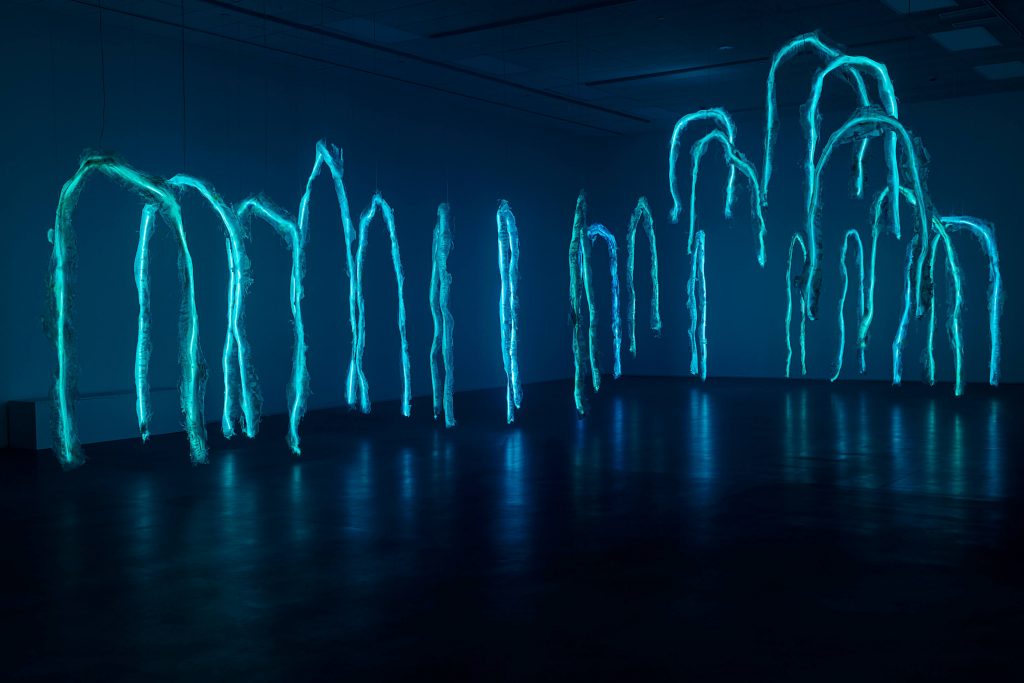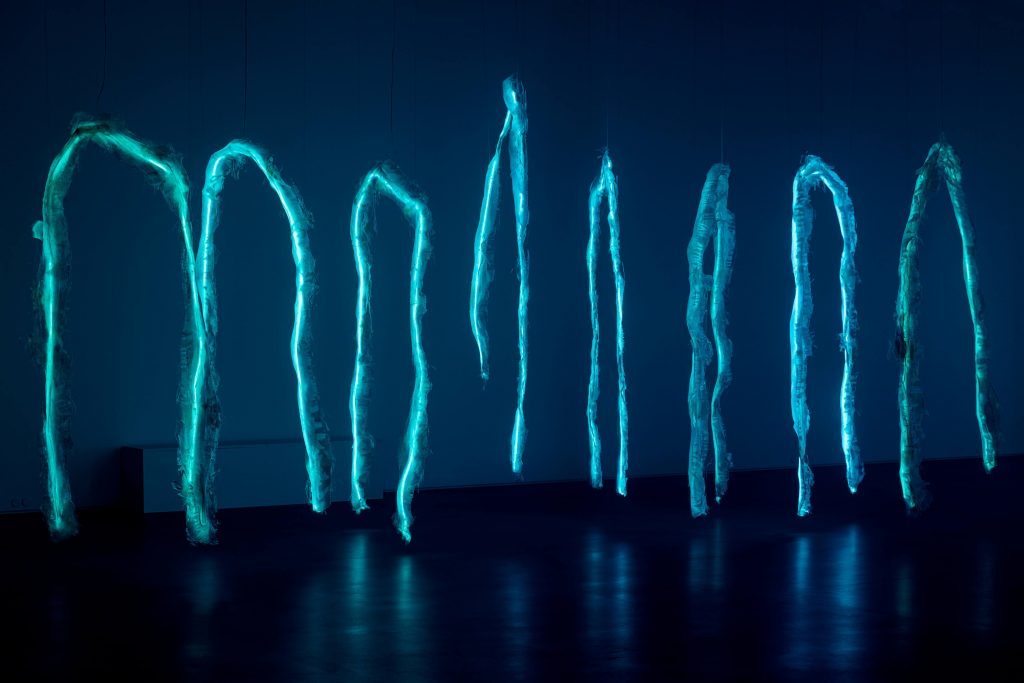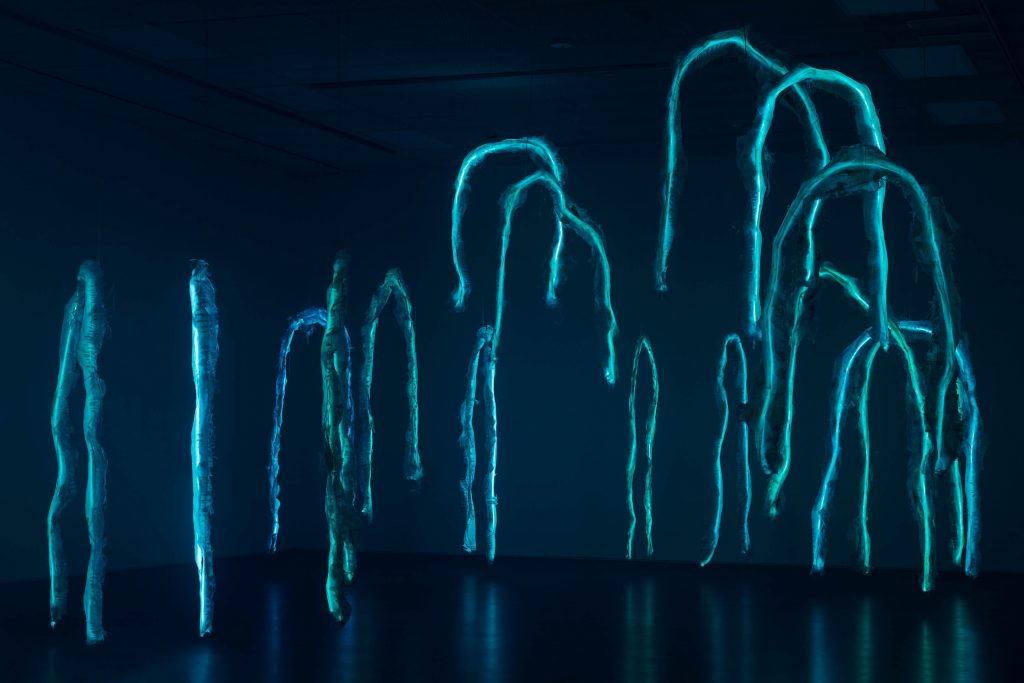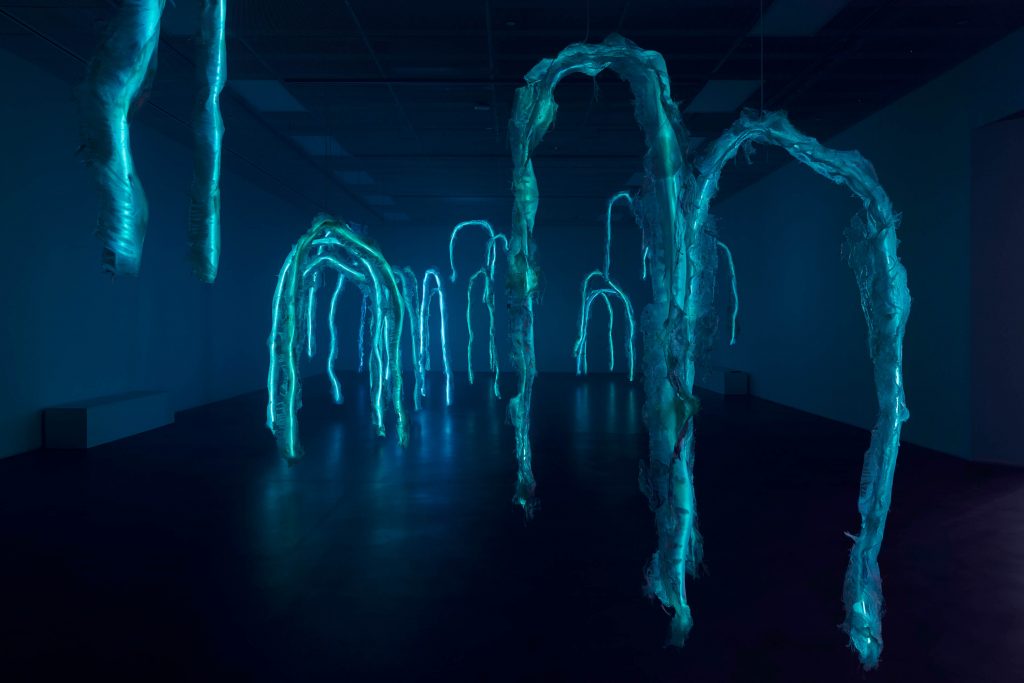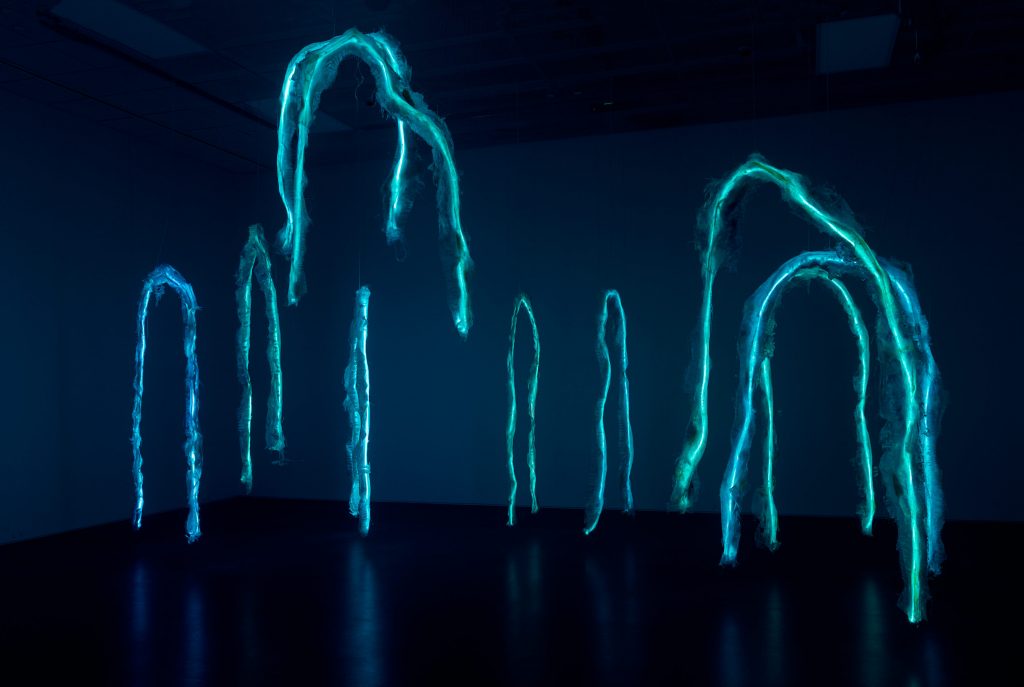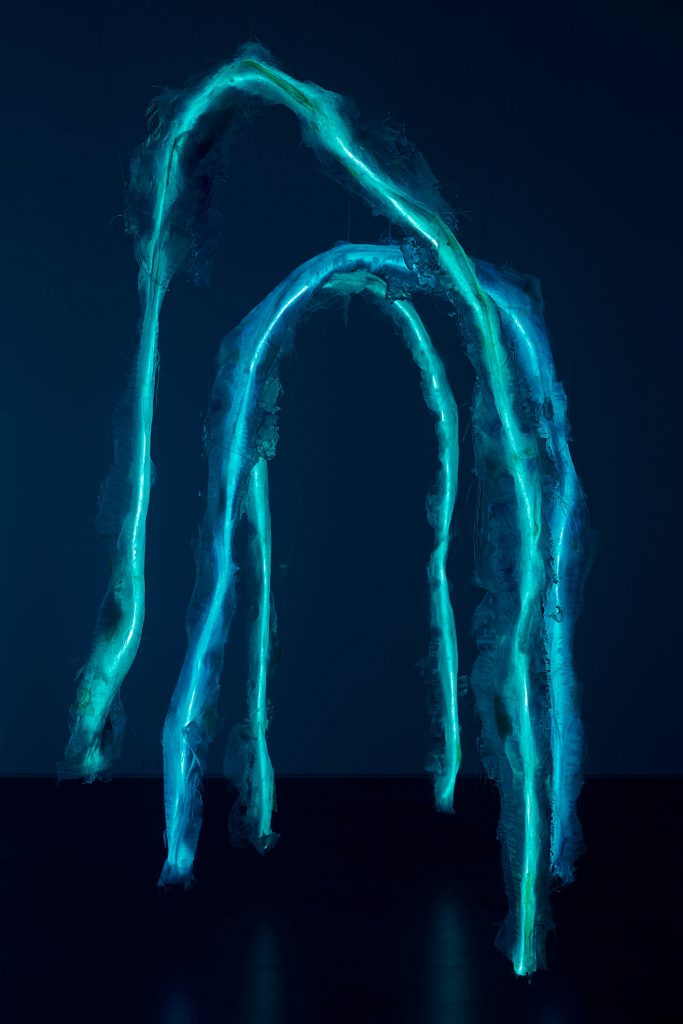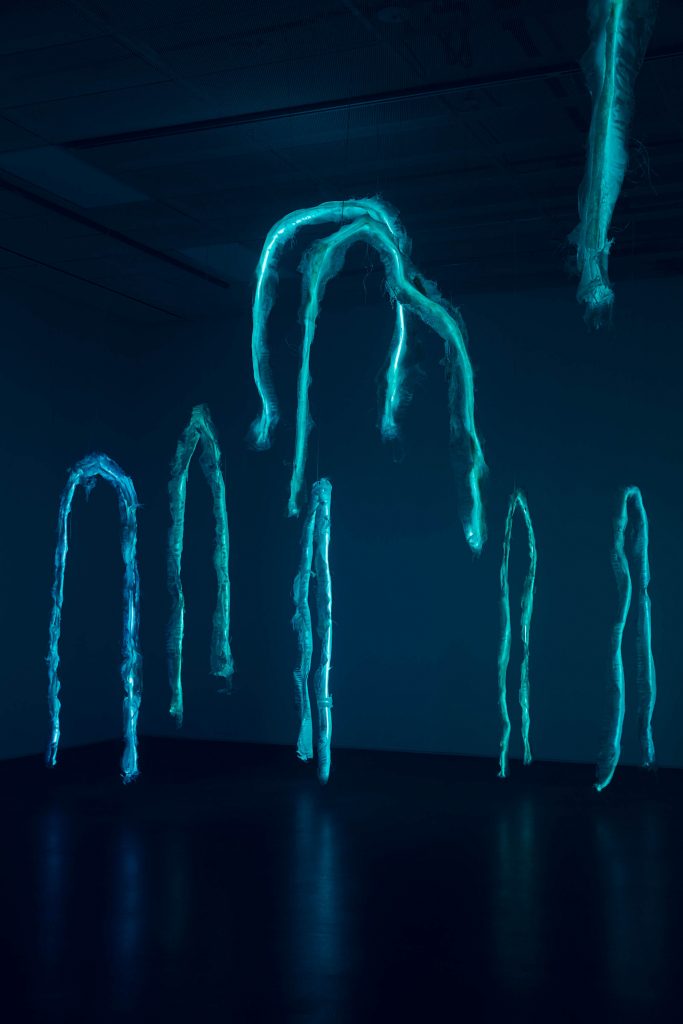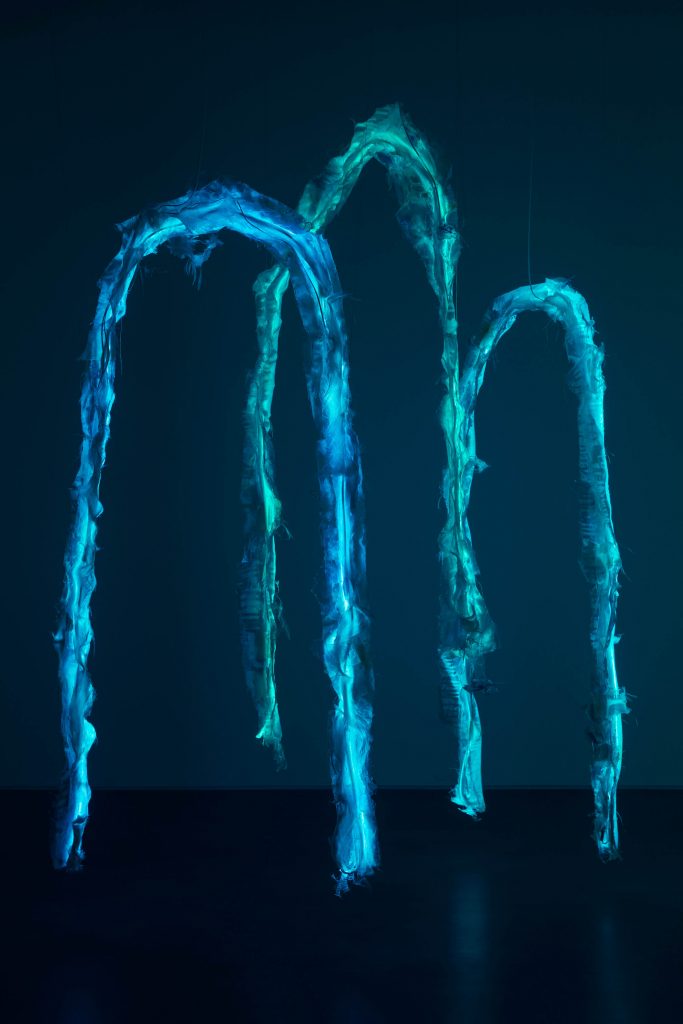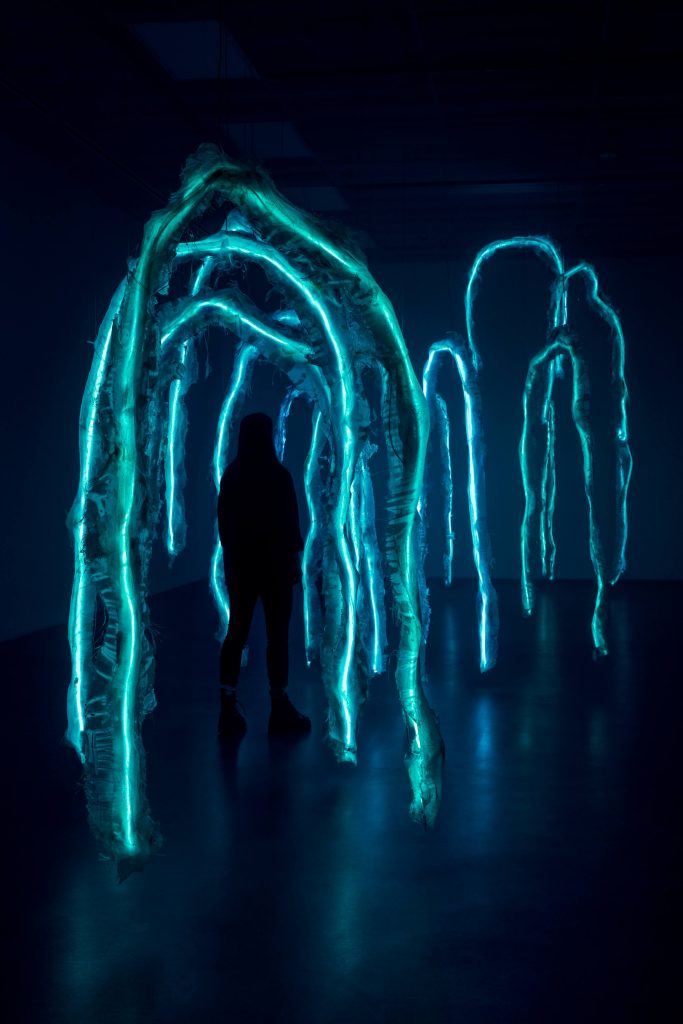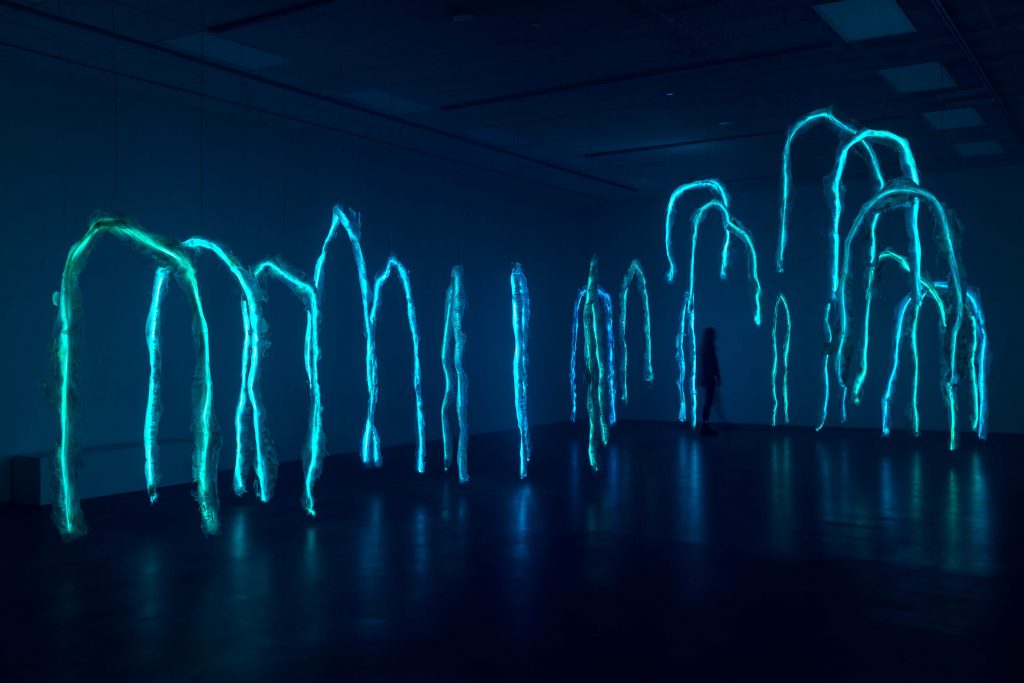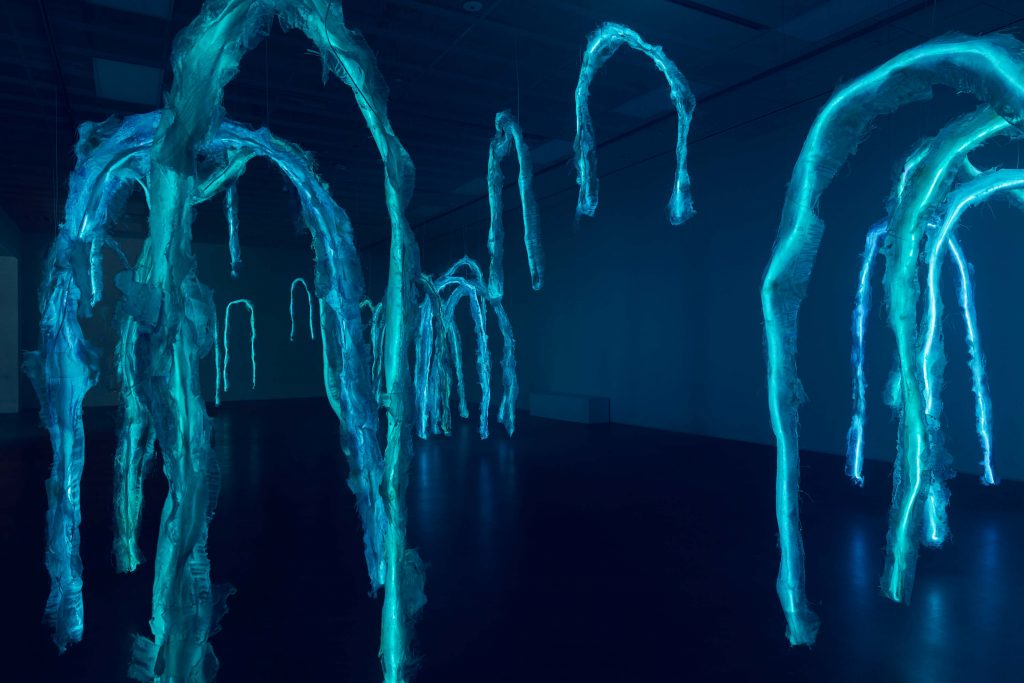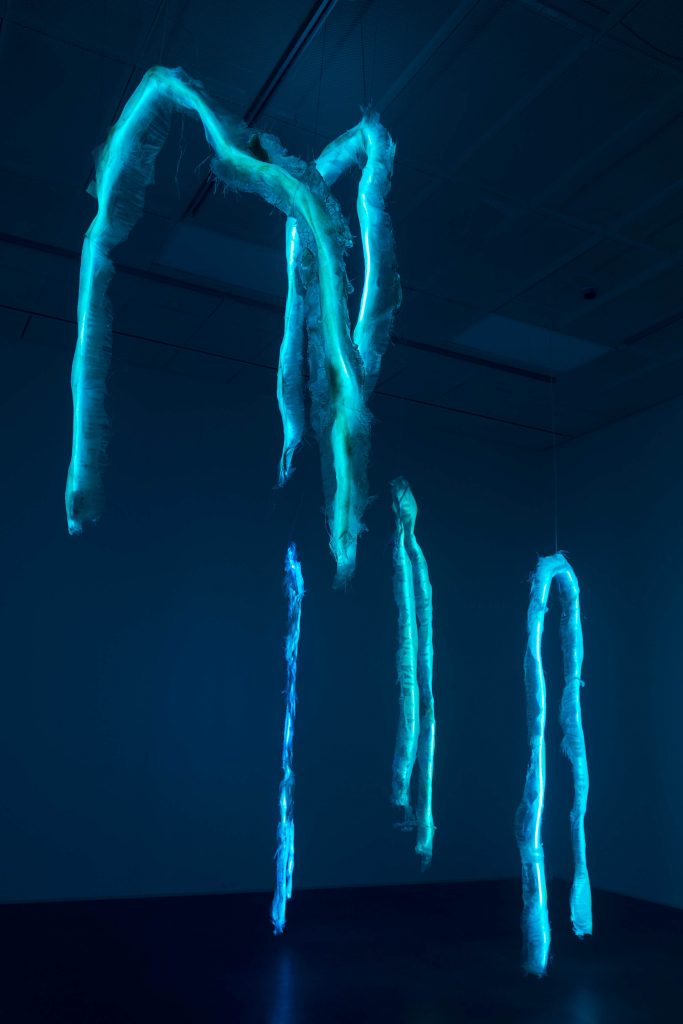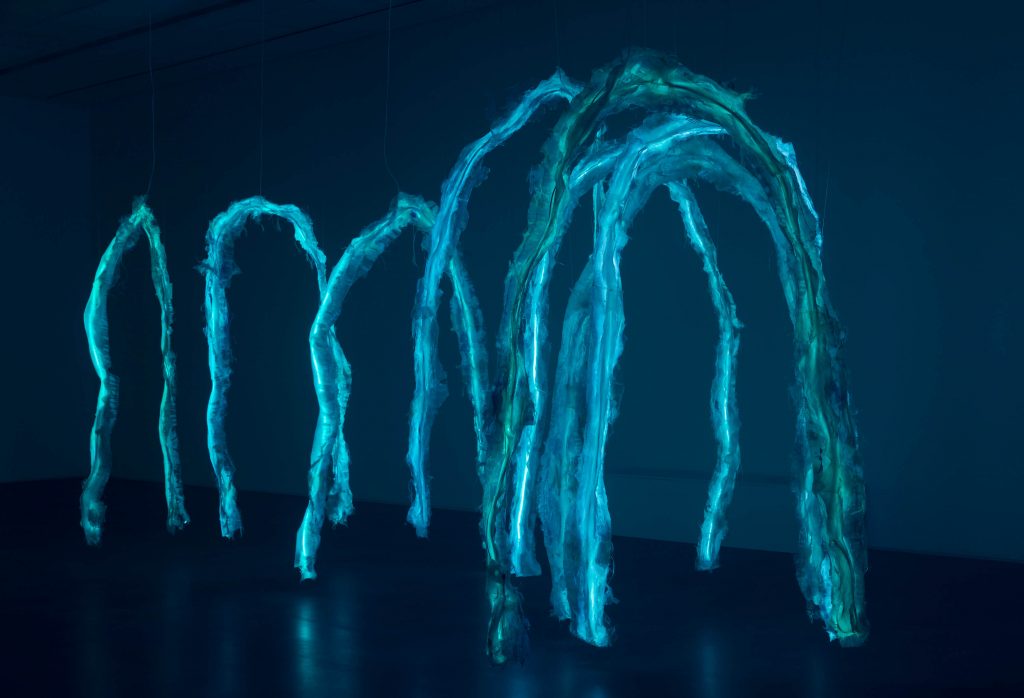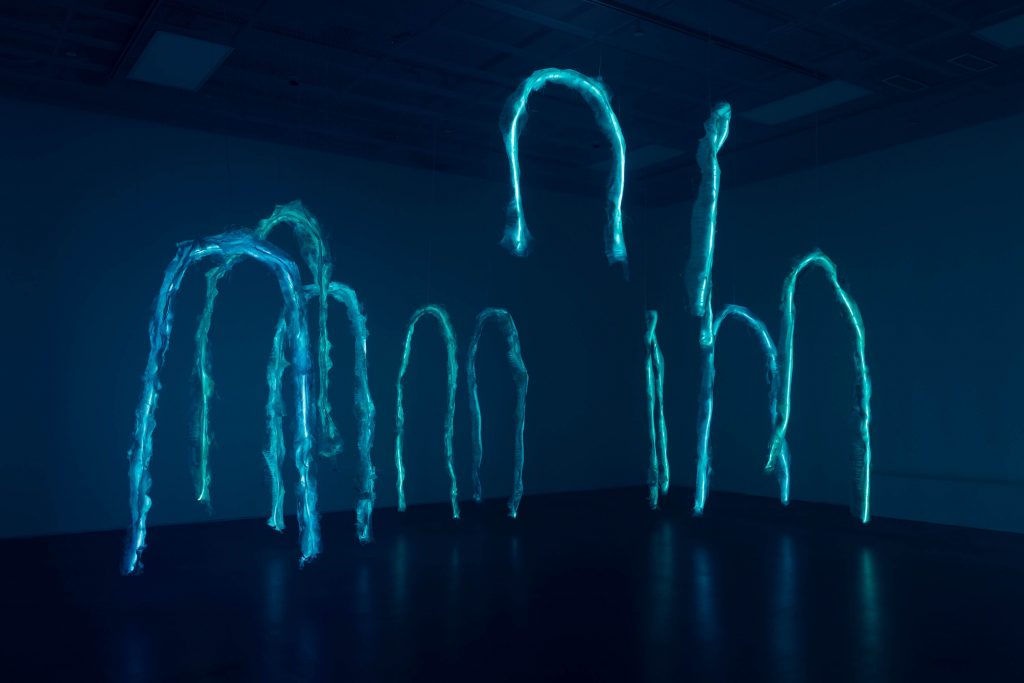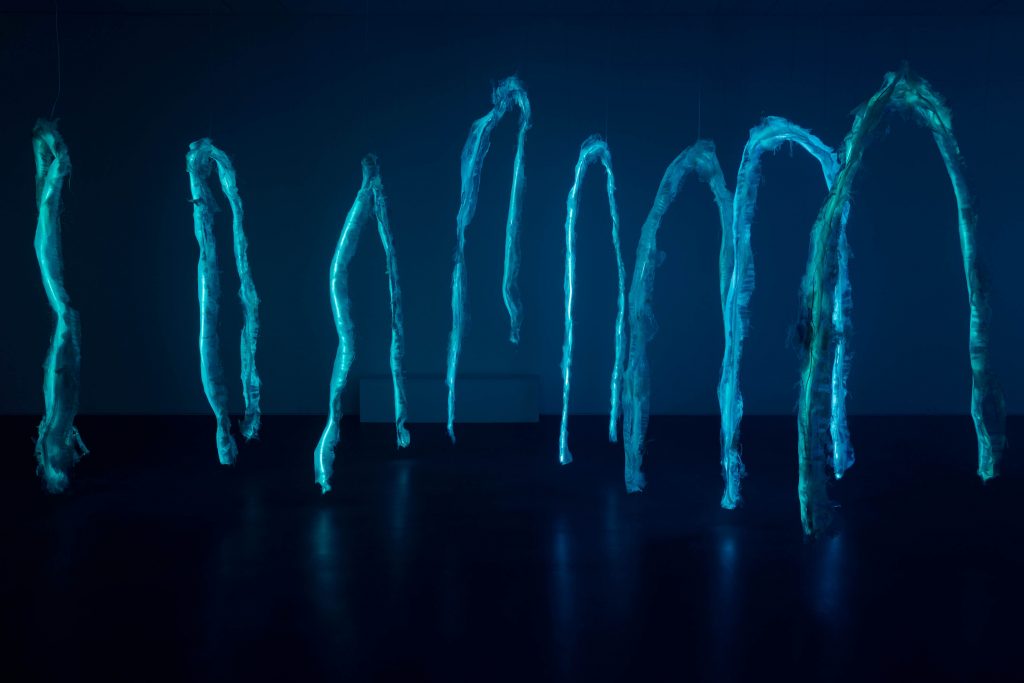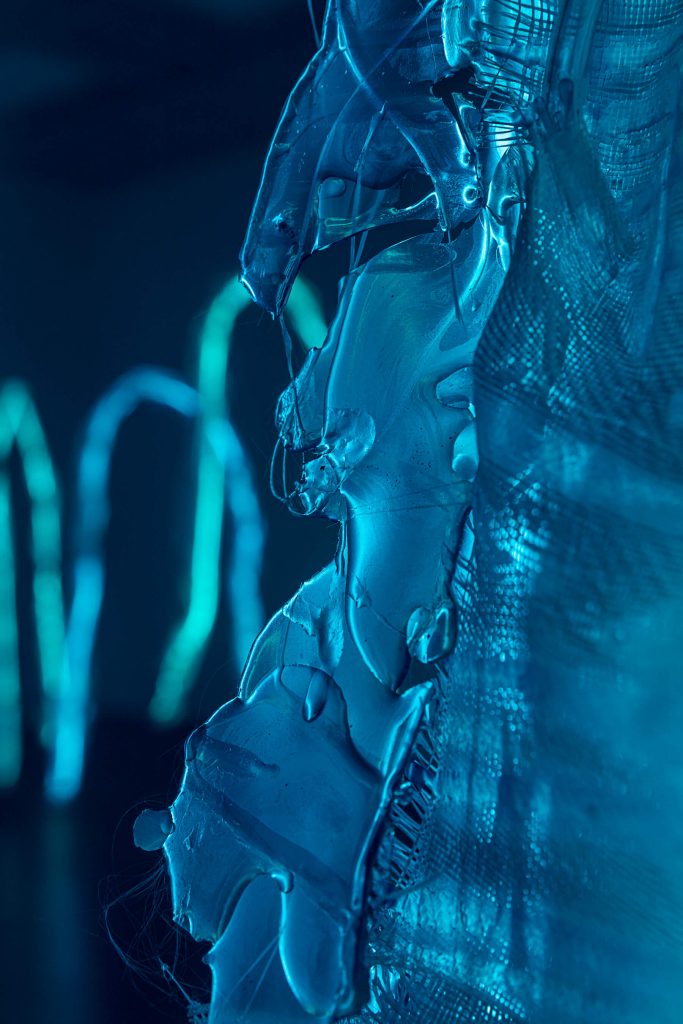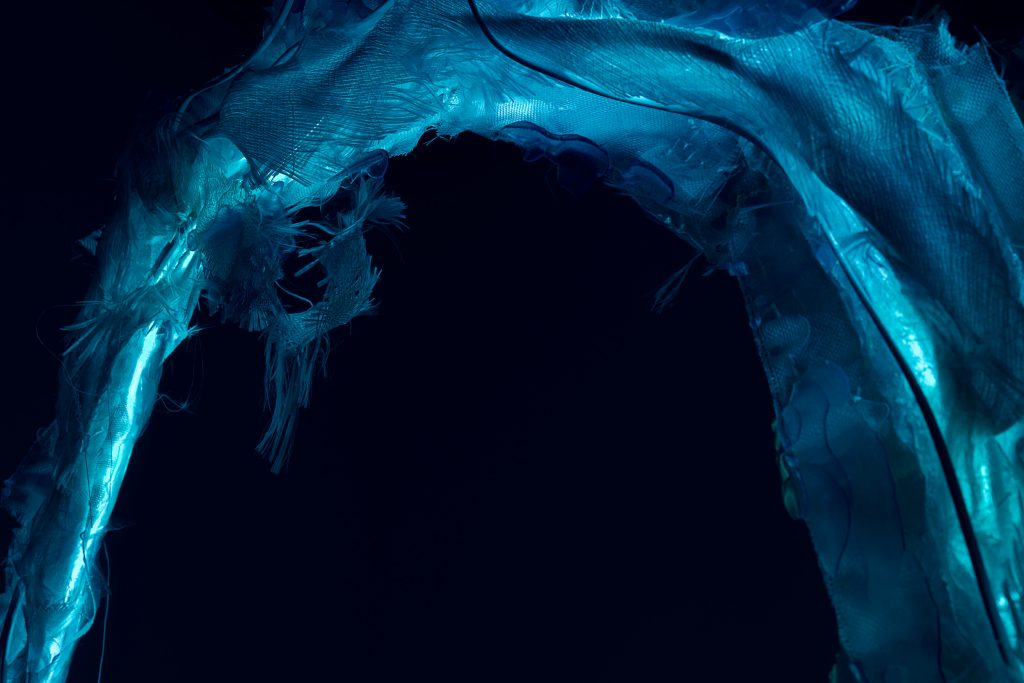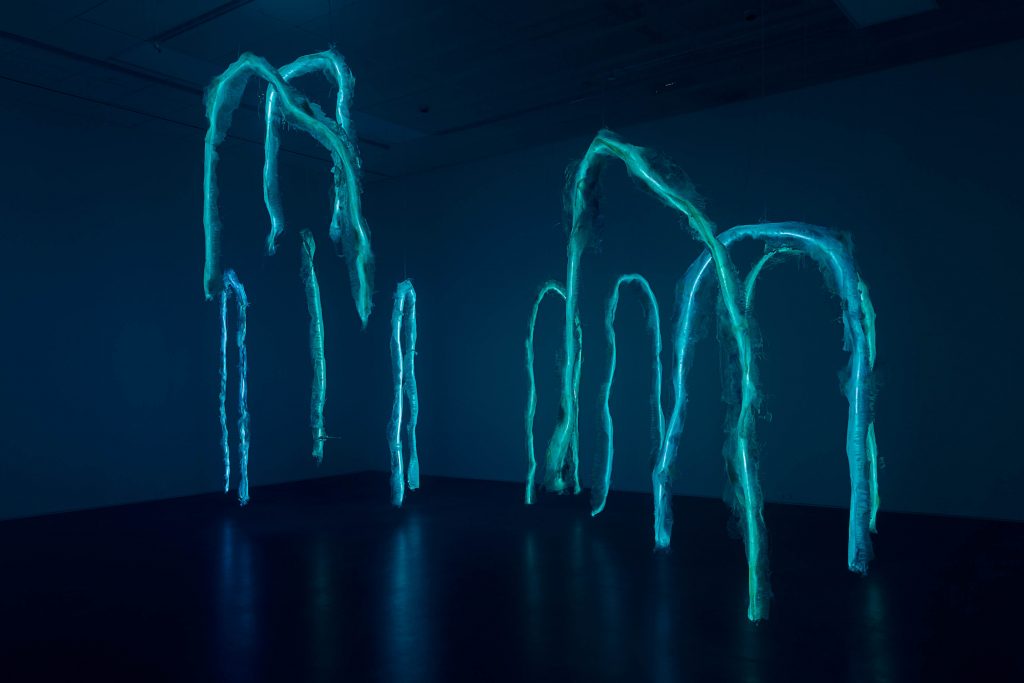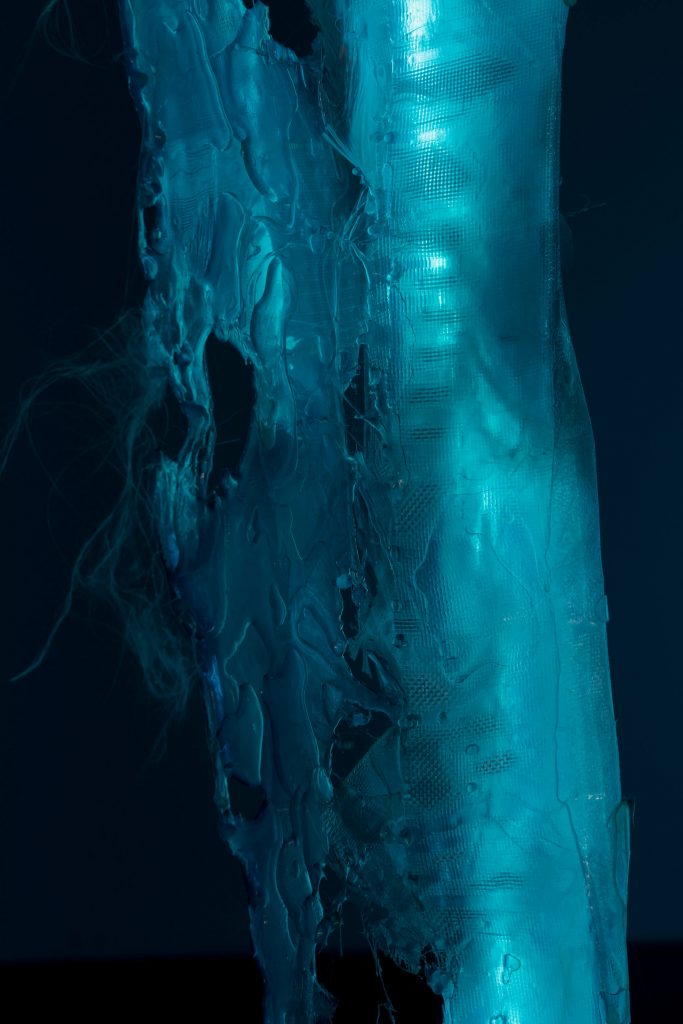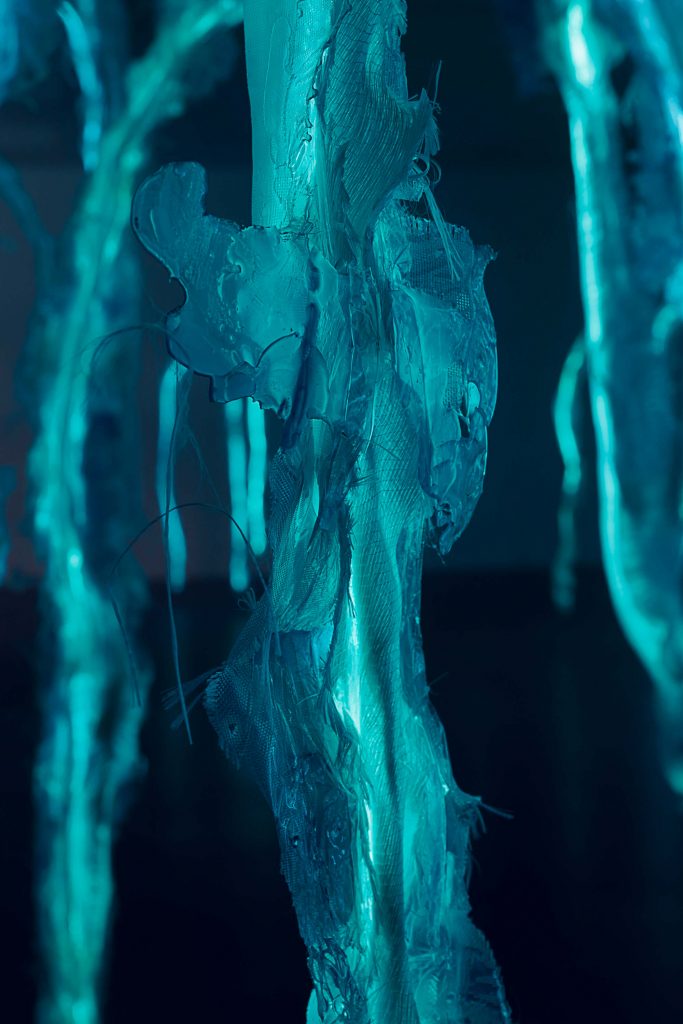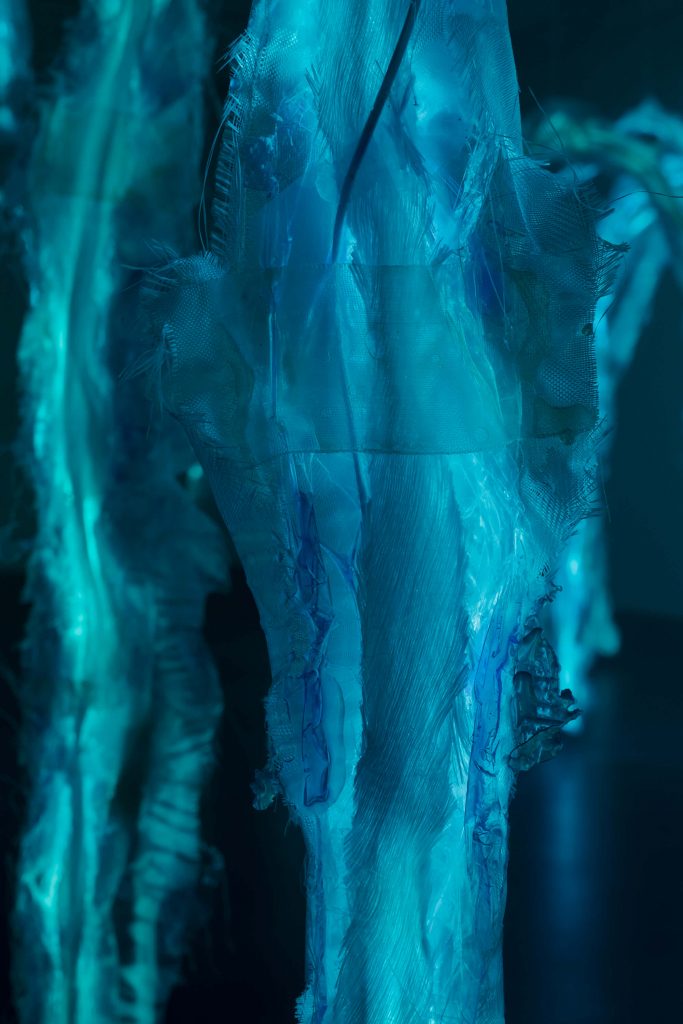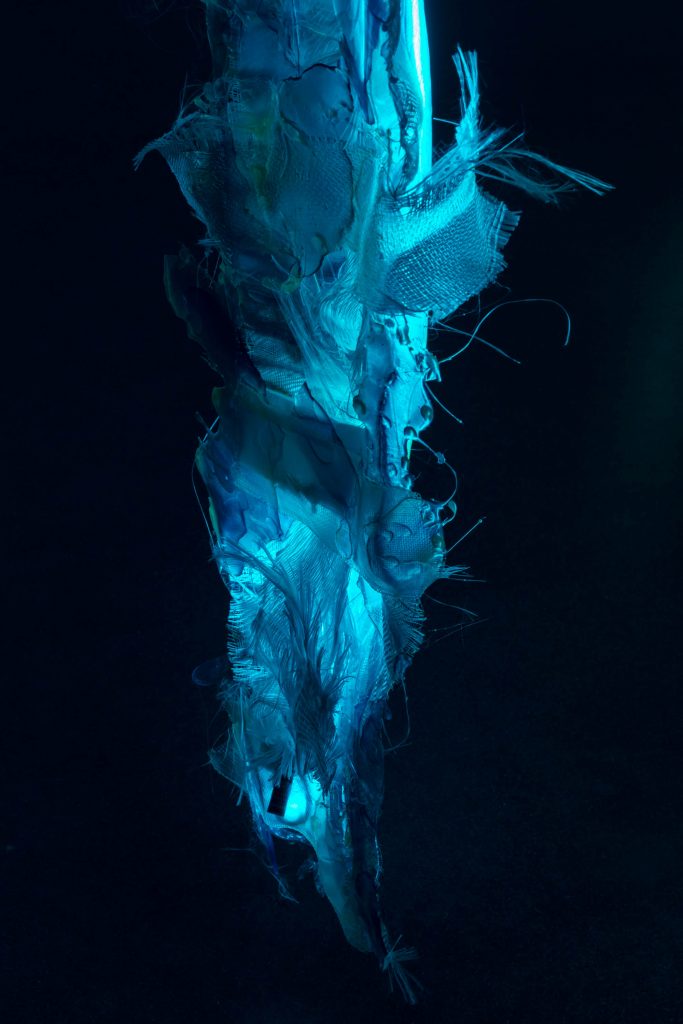Curated by Rikke Komissar
NITJA Senter for Samtidskunst, Lillestrøm
November 19 – December 23, 2022
Tiril Hasselknippe is one of the voices from the new Norwegian contemporary art scene establishing a reputation in the past years by exhibiting at the New Museum Triennale Songs for Sabotage, New York (2018) and with a solo exhibition at Braunschweiger Kunstverein, Germany (2017). Hasselknippe’s installation Forest of my Eye, shown at Kunstnerforbundet (2019), was acquired by the National Museum, and her work Queens of the Tear Duct was recently completed as a public commission for the Faculty of Law at the University of Oslo.
With socially engaged, analytical, and personal perspectives, Hasselknippe often explores the structures that contribute to shaping society – either in its architecture, design, or infrastructure.
The exhibition at Nitja is a further development of these perspectives, looking at the public space as subject of reflection and scrutiny. Who sets the conditions for how a society is to be built? Is everyone included when standards are established? A starting point for these questions is the artist’s own experience with fibromyalgia – a nervous system disorder causing widespread pain as well as substantial physical, cognitive, and psychological limitations.
In the installation Play, the physical encounter is linked to understanding, experience, and reflection about the landscape and the space we find ourselves in – or its design for others. The work explores ideas about a playground where everyone – regardless of disabilities – can participate without having to crawl or climb. With this as a starting point, the installation was further developed into a spatial art experience.
Symbols of both form and structure, portals and arches are widely represented in the history of art and architecture as metaphors for entering other worlds, celestial spaces, or as signs for spiritual forces – as well as passages into new experiences.
Through light, sound, and sculpture, the audience is invited into a sensorial world that welcomes alternative ways for experiencing space. The surroundings seem to smoulder, with glowing glimpses in a vague backdrop of fog – referencing the artist’s experience with fibromyalgia, leading to feeling what she defines as “brain fog”. The exhibition can therefore also be approached as a visualization of an inner landscape, where one can look for a way out or wander through the maze.
__
All images by Kunstdok/Tor S. Ulstein
